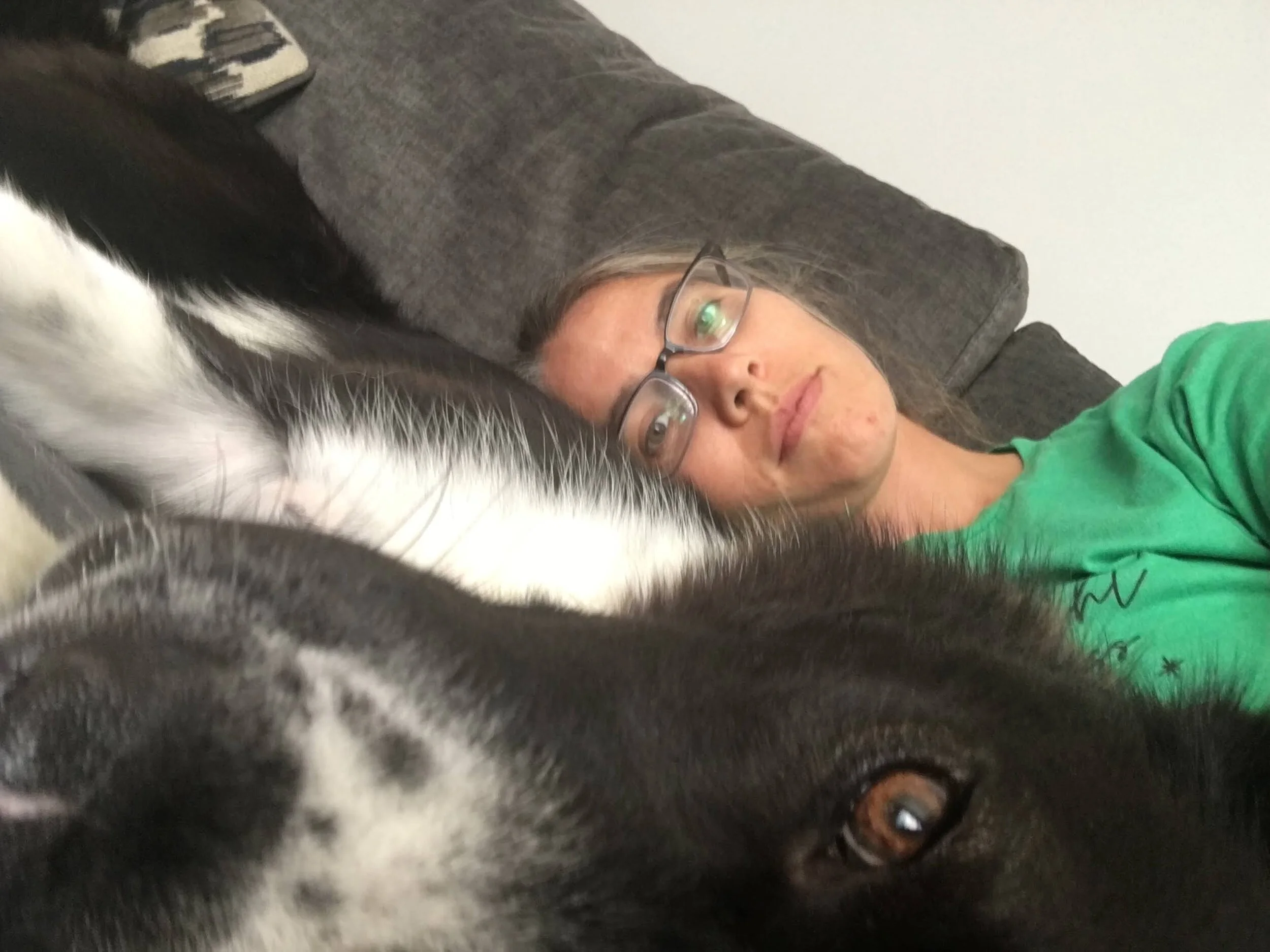Visual communication in science (is terrible)
When I first started graduate school, I could not believe the low-quality visuals that pretty much everyone was using. I had come from a design background, so in part, I was in culture shock. I wasn’t a particularly good designer, but still, our mission in design was to communicate visually in a pleasing way. In STEM, visual communication is not a priority outside of some niche discussion around the best way to make graphs (ggplot, matplotlib). Sloppy Powerpoints and bad clip art are the norm. Published academic journals are hardly any better. To be fair, scientists are not designers, and don’t have time or training to make professional-quality graphics and presentations. I am a big offender myself. Some of my conference posters have been real sinkers. I’m trying to improve my slides, graphics, and visual communication in general.
A slide from a typical STEM presentation. Aagh! My eyes are burning!
This is a typical Powerpoint presentation slide that I see in STEM (sorry Dr. Aronson!). The layout is bland and there is zero consideration of slide design. The photos are great, but they are strewn around randomly. I think we could do a lot better. Just making images the same size and aligning them would be a huge improvement without getting into any line, color, texture, or composition stuff. We would look more professional and be able to reach a wider audience if our visuals were more compelling.
In thinking creatively about how to mentor students remotely due to COVID-19 this summer, I took on a science communication intern, Katy. Her main objective was to help me finish a brochure project that I started over a year ago. She had a lot of art background, but was also interested in science. Katy didn’t have a lot of experience with digital design, so in the first part of the internship she learned to use professional design tools, the Adobe Creative suite. This includes tools like InDesign, Illustrator, and Photoshop. These programs are the industry standard for digital graphic design. Professional design tools are not accessible to everyone: Powerpoint is free through the university, but we have to pay out of pocket for Adobe, and our presentations are the worse for it.
Katy’s first project to practice her digital design skills was to make a logo related to wetland plants. She came up with the handsome medallion to the right. I was a fan, as my research focuses on cattails. We already had a concept for the brochure project, but needed cover art and a nice layout. Katy’s job was to come up with a beautiful cover that would draw people in to want pick up the brochure. An inspiration I shared with her was the print of Charley Harper. I first saw his work in this poster hanging in my building on campus. He did the art for the 1996 Society of Ecological Restoration conference held at Rutgers. His prints are beautiful and fun to look at while also containing real content about ecosystems.
Brochure cover art, Credit Katy Hammerdahl, 2020
This is the cover Katy came up with. I think it’s stunning. It’s fun and intriguing, and I can’t wait to get these printed up. We are still putting the finishing touches on the rest of the brochure, but it’s shaping up to be the type of attractive, informative, professional type of document I’d dreamed of. This clearly isn’t feasible for every presentation or graphic I make, as I needed an intern (actually two) to get it done. Perhaps that speaks to the need for more collaboration between scientists, artists, and designers. They didn’t change the acronym from STEM (science, technology, engineering, math) to STEAM (science, technology, engineering, art, math) for nothing. I’ll share our final product when it’s done.
Diagram of our plot layout in our ecology experiment. Credit Jen Liu, 2020
I lucked out again with my current research assistant. Jen just so happened to flash her art ability when putting together a straight forward presentation about our summer work. In this slide, she captured our our experimental plots perfectly with a few simple strokes of the stylus. Once I saw that, I asked her to come up with some graphics to communicate the main theme of our project visually during a lull in our research work. Explaining research projects can get very wordy, and a picture is worth a thousand words. I’ll be posting about my current experiment soon, but in the meantime here is a preview thanks to Jen’s art:
Graphic interpretation of our ecology study. Credit Jen Liu, 2020
There are a number of organizations and initiatives around better science communication. I am lucky to be a Botany in Action fellow of the Phipps Conservatory and Botanical Garden. The fellowship is all aimed at communicating science to a broader audience, and Phipps offers lots of workshops and events for the public. There is an ongoing movement to create better scientific posters for conferences. It even has it’s own hashtag, #betterposter. Canva is a free design website that offers templates. I happened upon a site called BioRender that has templates and really nice clip art to support making scientific illustrations and diagrams without having to draw. Labocine is an organization that is fostering collaborations between scientists and filmmakers. They also offer a video library of video clips from science and nature available for reuse. If Powerpoint is still your preferred platform, there are lots of tips out there, like this video, for stepping up our slide game. I’d love to hear from you about initiatives or people focused on making design accessible or making better visuals in science.
I’ll pick it up next time with some people and images that I think are doing an amazing job with communicating visually in science.










